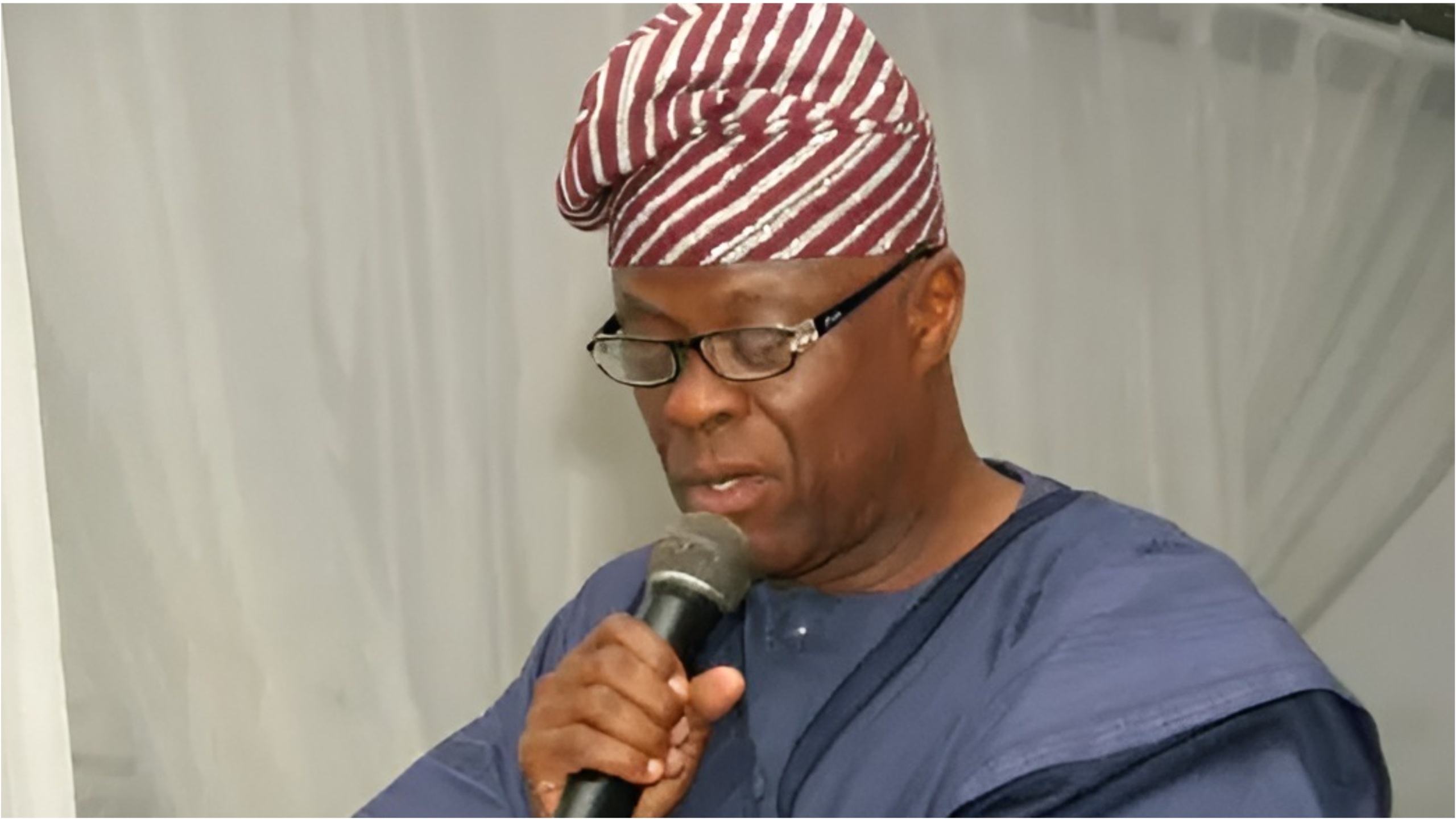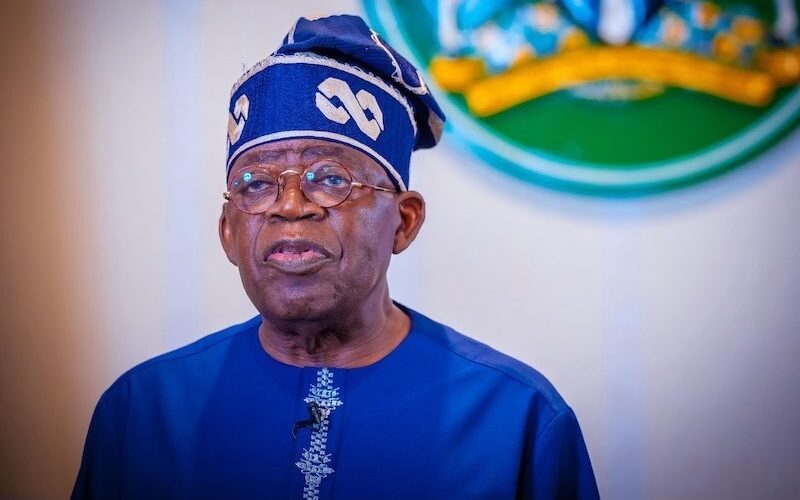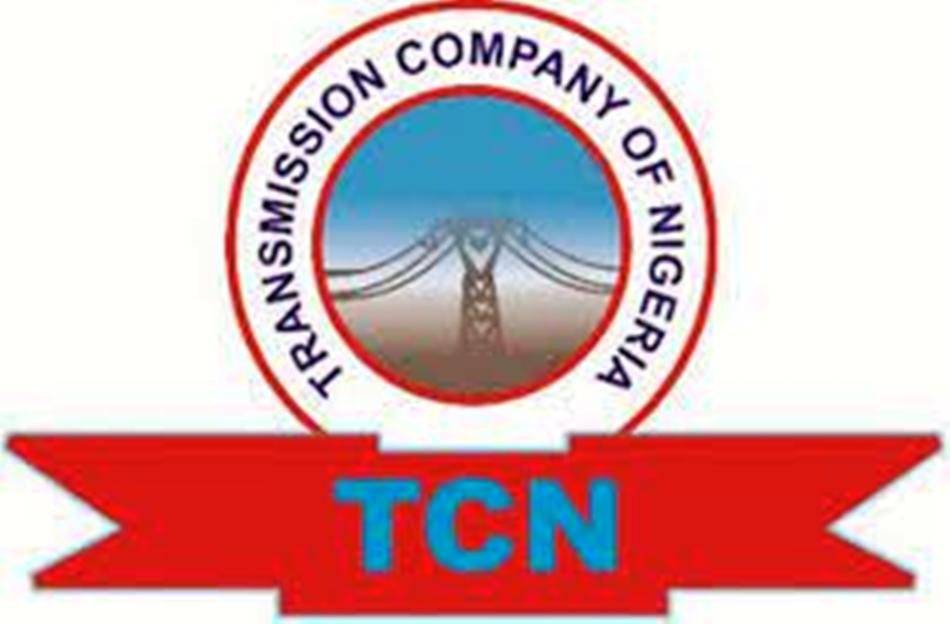Ndubuisi Francis in Abuja
It was jubilation galore and excitement at the Onitsha Port, Anambra State, on Monday, as the first barge for the 2025 season, MV ZUPITOR/MV RB ALASKA, berthed at the port.
The excitement was palpable, as General Manager of Universal Elysium Limited, the concessionaire of the port, Mr. Chris Mbonu, received the barge, alongside other stakeholders.
Mbonu described the berthing of the barge with general cargo as a positive milestone and a reminder of a pressing infrastructural gap.
Speaking with journalists at the occasion, he said operations at the port were ongoing but they remained largely seasonal, with activity peaking only during the rainy season when the River Niger’s water level rises sufficiently to allow vessel movement.
He clarified that the seasonal operation was not due to lack of infrastructure or demand but rather due to the inconsistency of dredging and channel management of the River Niger.
The general manager appealed to the federal government, Ministry of Marine and Blue Economy, Nigerian Inland Waterways Authority (NIWA), and private stakeholders to make regular dredging and maintenance of River Niger a national economic priority.
He explained that dredging of the River Niger would make operations at the Onitsha River Port all-year-round, seamless and yield huge economic gains.
The concessionaire stated that during the dry season, usually between December and July, low tides rendered the river unnavigable for commercial vessels, effectively shutting down port operations and stalling its economic impact.
He said, “The port is functional and ready to work 365 days a year. But without consistent dredging of the River Niger, we are forced to operate only when the waterway allows us—essentially turning a national asset into a seasonal stopgap.
“We offer bonded terminal services, warehousing, cargo handling, and Free Trade Zone operations. The problem lies in waterway access — not facilities or readiness.
“The infrastructure is in place, the demand is evident, and the benefits are far-reaching. What is required now is government consistency and strategic investment to make inland waterway transport a pillar of Nigeria’s economic growth.”
Mbonu likened a port without navigable waterway to a car without fuel, adding that the current situation limits the port’s capacity to serve as a true inland logistics hub for Nigeria’s growing domestic and international trade.
He said regular dredging of the River Niger would unlock year-round navigability, enabling barges, ferries, and larger vessels to move seamlessly between the southern seaports and the inland commercial centres.
Mbonu said it would lower transportation and logistics costs, ease congestion on critical highways, reduce delivery timeframes and business inefficiencies, and increase investor confidence in inland logistics.
He added that it would above all, boost Nigeria’s export potential, as barges returning to the coast could carry raw materials, agricultural produce, and solid minerals from the hinterland for export.
The concessionaire stressed that with proper dredging of the River Niger, Onitsha River Port could transform into a year-round, multimodal commercial hub, impacting several sectors, such as shipping and logistics, and providing a dependable inland route from Lagos and Port Harcourt to the eastern part of Nigeria.
He also underscored the impact on agriculture, including helping farmers and aggregators move produce quickly and efficiently, encouraging investment in industrial and logistics infrastructure in the South-east and beyond, promoting export trade, and supporting outbound movement of raw materials and agro-commodities via coastal ports.
On tourism and recreation, Mbonu said it would enable ferry services, cruises, and hospitality development along the River Niger.
The post Onitsha Port Agog as First Barge for 2025 Berths appeared first on THISDAYLIVE.





